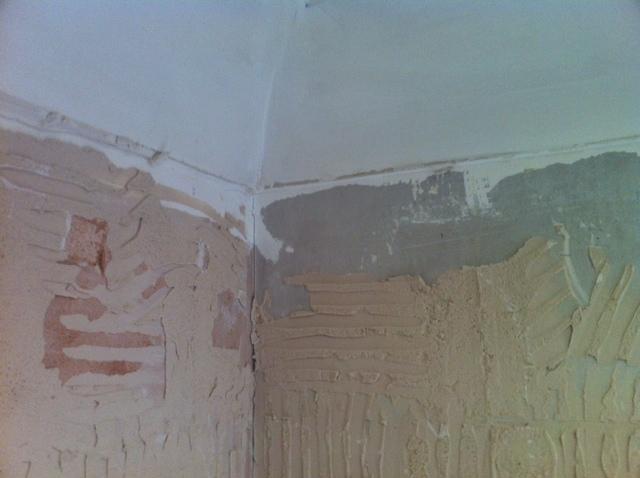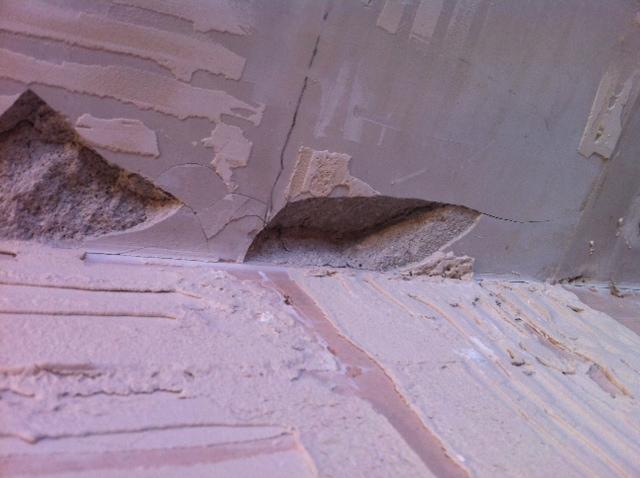What material is the wall on the right made of, its grey in colour? This is within my shower area, an external wall. I have removed the wall tiles and was thinking that I would have to re-board with aqua panel, not realising it was a apparently cement based wall, smooth solid wall.
Does this require tanking? or can I (fingers crossed here) just remove the old tile adhesive (yawn) and coving (double yawn!) and then simply re-tile?
I understand that the plasterboard on the left requires removing and replacing with aqua panel. It would be great if I'd saved having to re-board the other wall.
Many thanks in advance.



